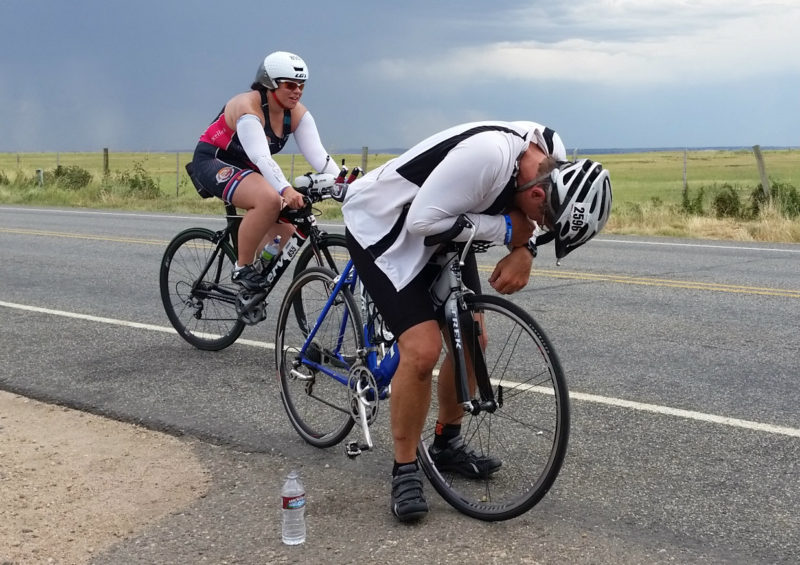If you are like most endurance athletes I know, you want to be successful in your training and racing. You want to see improvement over time with better efficiency, technique, and faster speeds. You want to improve your fitness.
Everyone’s definition of success or improvement will be different, but if you didn’t enjoy running, cycling, swimming, or perhaps all of the above in triathlon, you wouldn’t be doing it! There are some common principles that all athletes should understand so that the journey to improved fitness and faster or more efficient racing is everything it can be.

This is the first of a series of posts that will help you along the path so that you have the ability to see the improvement you are looking for.
Let’s take a step back and break down your season into a few steps. For a successful season (or really to be successful in anything) you need to:
1) Establish your goals for the season.
2) Follow the steps to get there (training and other preparation).
3) Execute your plan on event day.
I’ve talked a bit about goal setting in the past but now let’s look at the second point: the steps to get you there. These steps involve actual training. Getting on your bike, heading out for a run, or playing like a fish and swimming.
This brings me to a very important point. All endurance athletes, regardless of ability and time in sport, need to understand why they are doing a workout. If you are training for a specific event, you shouldn’t just “go run” or “go ride.” If you do, chances are you will either undertrain or overtrain.
If you want to see specific and quantifiable gains, you have to train smart. Every workout needs to have a purpose. When you know why you have to go easy (my athletes understand when I say easy, I mean EASY!) and when you can thrash it in hard intervals, and know how hard those intervals should be, your training has a purpose. If you understand that purpose, suddenly the training becomes a lot more enjoyable.
To train smart you need to understand training zones. I’m guessing most of you have heard of training zones, but it can never hurt to review and revisit them. Why did training zones come about? Because at different intensity levels our bodies have different physiological responses.
The purpose of training is to modulate these responses at different intensities and allow our body to adapt (they adapt quite well under proper stimulus) so that we see the changes we want.
So to break it down simply: Each workout will have components in one or more training zones. Know why you need to be in that zone (or zones) for that workout to get the training response you need.
For the next several weeks I will take you through all of the most common training zones. I am going to use the standard five zones, but may mention other systems that are somewhat mainstream. Different coaches will use different zones, which for the most part all come down to being a percentage of your heart rate, pace, or power at lactate threshold.
I will take you through the physiological changes that occur at specific intensity levels so that you understand what happens in your body at that intensity level. I will explain why you need to spend time in that particular zone, when, and for how long.
There are different ways to calculate training zones, such as pace, power, heart rate, and sometimes even rate of perceived exertion. I will primarily focus on heart rate, as that is the most accessible metric to most people, but I will also relate the zones to pace and power.
Next week we will talk about basic physiology and start on Zone 1. I can’t wait! See you then!
In the meantime, if you have any questions related to training zones, drop them in the comment section below or email me.








2 comments
How do I know how long to do a specific exercise for my LT?
Hi Chris, Thanks for the question! I’ll explain this more when I talk about LT zones, but when you start LT intervals (so intervals at or just below your LT) you might start at 3×6 or 3×8 minutes with 3-5 minutes of recovery. And then each week you’d make each interval longer and/or shorten the recovery time. You can build that over time so that your total time in your LT intervals are about an hour. For example you would eventually build to 3x20min at LT. It might take a while to get there, though. An hour at threshold is pretty intense.
Comments are closed.